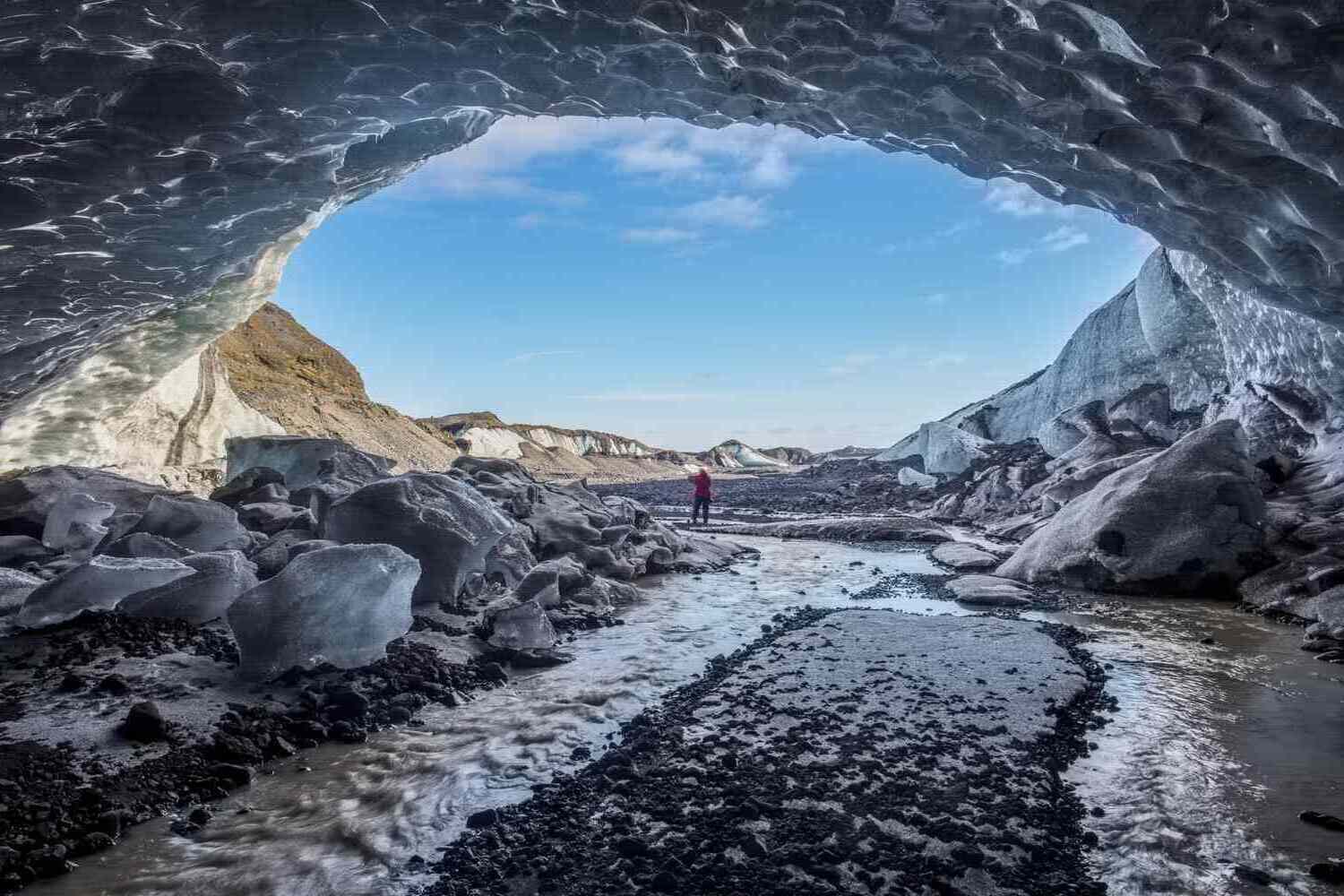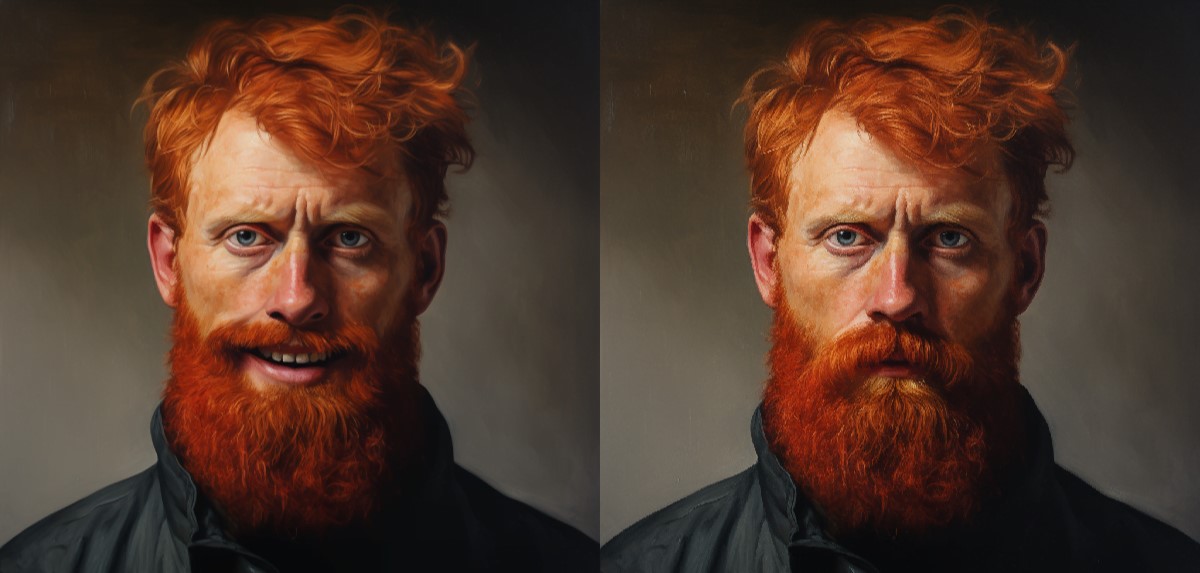
Ever wondered what makes Iceland's history so captivating? This island nation, known for its stunning landscapes and volcanic activity, also boasts a rich tapestry of historical events and cultural milestones. From Viking settlers to modern-day achievements, Iceland's past is filled with intriguing stories and remarkable facts. Did you know that Iceland's parliament, the Althing, is one of the oldest in the world, established in 930 AD? Or that Iceland was one of the last places on Earth to be settled by humans? Dive into these 28 amazing Iceland history facts to uncover the unique and fascinating journey of this Nordic gem.
Iceland's Early Settlers
Iceland's history is rich with fascinating tales of early settlers and their adventures. Here are some intriguing facts about the first inhabitants of this unique island.
-
The first known settlers of Iceland were Norsemen from Norway, who arrived around 874 AD. They were led by Ingólfur Arnarson, who is considered the first permanent settler.
-
Before the Norsemen, Irish monks known as Papar are believed to have lived in Iceland. They left before the Norse arrived, likely due to the newcomers' presence.
-
The early settlers brought with them livestock, including sheep, cattle, and horses. These animals played a crucial role in the survival and development of the Icelandic community.
-
The settlers established the Althing in 930 AD, one of the world's oldest parliaments. It served as a forum for resolving disputes and creating laws.
The Viking Age in Iceland
The Viking Age was a significant period in Iceland's history, marked by exploration, trade, and conflict. Here are some key facts about this era.
-
Icelandic Vikings were known for their seafaring skills. They traveled as far as North America, with Leif Erikson believed to have reached the continent around 1000 AD.
-
The Vikings brought their language, Old Norse, which evolved into modern Icelandic. This language has remained relatively unchanged over the centuries.
-
Icelandic sagas, written in the 13th century, provide detailed accounts of Viking life and adventures. These stories are considered some of the most important medieval literature.
-
The Vikings practiced a pagan religion, worshipping gods like Odin, Thor, and Freyja. Christianity began to spread in Iceland around the year 1000 AD.
Iceland's Transition to Christianity
The conversion to Christianity was a pivotal moment in Iceland's history. Here are some facts about this significant change.
-
The Althing decided to adopt Christianity in the year 1000 AD, after a period of religious tension. This decision helped to unify the country.
-
Thorgeir Ljosvetningagodi, a pagan chieftain, played a crucial role in the conversion. He declared that Icelanders should all follow one religion to maintain peace.
-
Despite the official adoption of Christianity, many Icelanders continued to practice pagan rituals in private for some time.
-
The first bishopric in Iceland was established at Skálholt in 1056 AD. This marked the beginning of organized Christian institutions in the country.
The Age of Sturlungs
The Age of Sturlungs was a period of civil strife and power struggles in Iceland. Here are some notable facts about this turbulent time.
-
The Age of Sturlungs lasted from 1220 to 1264 AD. It was named after the powerful Sturlung family, who were heavily involved in the conflicts.
-
This period saw numerous battles between rival chieftains, leading to significant loss of life and property.
-
The Icelandic Commonwealth ended in 1262-1264 AD when Icelanders submitted to the rule of the Norwegian king. This marked the beginning of Iceland's union with Norway.
-
The end of the Age of Sturlungs brought relative peace and stability to Iceland, although it remained under foreign rule.
Iceland Under Norwegian and Danish Rule
Iceland's history under Norwegian and Danish rule is marked by significant changes and challenges. Here are some key facts from this era.
-
Iceland was part of the Norwegian Kingdom from 1262 until 1380, when Norway entered a union with Denmark.
-
The Kalmar Union, established in 1397, united Denmark, Norway, and Sweden under a single monarch. Iceland became part of this union through Norway.
-
The Danish monarchy imposed Lutheranism on Iceland in the mid-16th century, replacing Catholicism. This led to significant religious and cultural changes.
-
The Danish trade monopoly, established in 1602, restricted Icelandic trade to Danish merchants. This had a profound impact on the Icelandic economy.
Iceland's Path to Independence
The journey to independence was long and challenging for Iceland. Here are some important facts about this process.
-
The Icelandic independence movement gained momentum in the 19th century, inspired by similar movements in Europe.
-
In 1843, the Althing was re-established as a consultative assembly, marking a significant step towards self-governance.
-
Iceland was granted home rule in 1904, allowing for greater autonomy in domestic affairs.
-
Iceland became a sovereign state under the Danish crown in 1918, with the signing of the Act of Union.
-
During World War II, Iceland was occupied by British and later American forces. This occupation played a role in Iceland's push for full independence.
-
Iceland declared full independence from Denmark on June 17, 1944, establishing the Republic of Iceland.
Modern Iceland
Modern Iceland is known for its unique culture, stunning landscapes, and progressive society. Here are some interesting facts about contemporary Iceland.
-
Iceland is one of the most gender-equal countries in the world, with a strong emphasis on women's rights and representation.
-
The country is renowned for its renewable energy sources, with nearly 100% of its electricity generated from hydroelectric and geothermal power.
Iceland's Rich Tapestry
Iceland's history is a fascinating blend of volcanic eruptions, Viking sagas, and unique traditions. From the world's oldest parliament, the Althing, to the mystical folklore of elves and trolls, this island nation offers a treasure trove of stories. The resilience of its people, who have thrived in a land of fire and ice, is truly inspiring.
Iceland's geothermal energy innovations and commitment to sustainability set an example for the world. Its landscapes, from the Blue Lagoon to the Northern Lights, attract millions of visitors each year.
Understanding Iceland's past helps appreciate its present and future. Whether you're a history buff or just curious, Iceland's story is worth exploring. Dive into its rich tapestry, and you'll find a land full of wonders and wisdom.
Was this page helpful?
Our commitment to delivering trustworthy and engaging content is at the heart of what we do. Each fact on our site is contributed by real users like you, bringing a wealth of diverse insights and information. To ensure the highest standards of accuracy and reliability, our dedicated editors meticulously review each submission. This process guarantees that the facts we share are not only fascinating but also credible. Trust in our commitment to quality and authenticity as you explore and learn with us.


